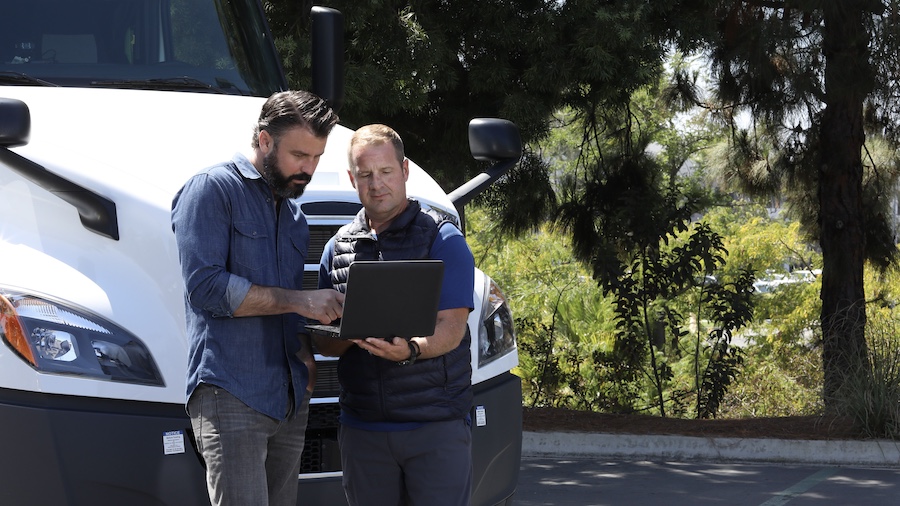A Swift Guide to Better Coaching

Industry leader Victor Malchesky lays out five guidelines for effective driver coaching, and some of them may surprise you.
When Victor Malchesky isn’t racing cars or riding across the country on his motorcycle, he helps steer over 20,000 drivers to be safer each day.
Instead of taking an automated aproach to coaching, Malchesky bases driver coaching guidelines around one of the most basic human interactions—a conversation.

At the 5th Annual Lytx User Group Conference, Malchesky discussed his coaching method and its key components.
My coaching method, he said, is built on two principles—transparency and respect. For full transparency, Malchesky said he goes to great lengths to explain the rationale behind safety policies, along with the consequences of not adhering to those policies. Drivers also are given full access to DriveCam videos of their own driving events and encouraged to review them.
As for respect, “it’s personal for the drivers,” Malchesky said. “We owe it to drivers and the motoring community to have meaningful conversations with them to help fine-tune their driving—gently and professionally.”
Here’s how Malchesky laid out five guidelines for driver coaches:
- Show drivers you care. Frame coaching discussions in terms of how much you care about their safety. Remind drivers that you don’t want anything bad to happen to them and others around them.
- Be specific. Train around specific behaviors that can be improved. A single video can help focus the conversation and keep the conversation from getting sidetracked.
- Have a conversation. Treat drivers as professionals and give them actionable takeaways, specific things they can do to improve. Don’t turn the conversation into a “beat-up session.”
- Get a commitment to change. Allow your drivers to say they want to improve and to agree with the adjustments you are recommending.
- Add positive feedback. Acknowledge drivers when they do the right thing and reinforce that behavior with praise.
Coaching sessions don’t have to be lengthy to be effective, either. Another speaker on the same panel with Malchesky described how to get results in a three-minute driver coaching session:
- Review the behavior. Watch the DriveCam video and ask the driver to point out what they’re seeing. With video, coaches are able to cut to the chase about what actually happened, saving time.
- Communicate expectation. Review what steps should have been done.
- Commit to improvement. Similar to the Swift coaching guidelines, this approach calls for the driver to commit to making specific changes and the coach to work with the driver toward safer driving.
Finally, gaining the trust of the driver is crucial to getting their buy-in and commitment to improve, panelists agreed. “During the review, make sure coaches address only the safety concerns,” one speaker said. “Avoid personal intrusions by ignoring their dress, their appearance or the music they’re listening to. That’s a big thing. That’s how you gain their trust.”
